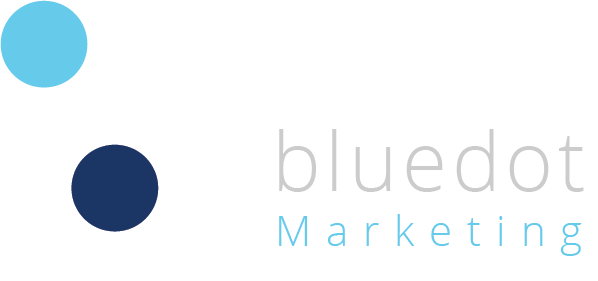Understanding search intent is like having a secret weapon. It’s the key to creating content that ranks and resonates with your audience. But what exactly is search intent, and how can you optimize for it? Let’s dive into the four types of search intent and how you can tailor your content to meet your audience’s needs.
What is Search Intent?
Search intent, also known as user intent, refers to the reason behind a user’s search query. It’s the “why” behind the words they type into Google. By understanding the intent, you can create content that aligns with what users are actually looking for, improving your chances of ranking higher and driving meaningful engagement.
The 4 Types of Search Intent
1. Informational Intent
Users with informational intent are looking for answers, explanations, or resources. They’re not necessarily ready to buy—they just want to learn. Examples of informational queries include:
- “What is SEO?”
- “How to bake a chocolate cake”
- “Best practices for email marketing”
How to Optimize
- Create blog posts, guides, and how-to articles that provide clear, actionable information.
- Use headings, bullet points, and visuals to make your content easy to scan.
- Target long-tail keywords that reflect specific questions or topics.
- Include FAQs or a “People Also Ask” section to address related queries.
2. Navigational Intent
Navigational intent occurs when users search for a specific website, brand, or page. They already know what they’re looking for and need help finding it. Examples include:
- “Bluedot Marketing website”
- “Facebook login”
- “Apple support page”
How to Optimize
- Ensure your brand name and website are easy to find in search results.
- Optimize your Google Business Profile for local searches.
- Use clear, branded keywords in your meta titles and descriptions.
- Make your website navigation intuitive and user-friendly.
3. Transactional Intent
Transactional intent signals that a user is ready to take action, whether it’s making a purchase, signing up for a service, or downloading a resource. Examples include:
- “Buy iPhone 15 online”
- “Best CRM software for small businesses”
- “Get SEO site audit”
How to Optimize
- Optimize product pages with detailed descriptions, high-quality images, and customer reviews.
- Use strong calls-to-action (CTAs) like “Buy Now,” “Sign Up,” or “Get Started.”
- Target keywords that include transactional terms like “buy,” “order,” or “discount.”
- Leverage paid ads to capture high-intent users at the bottom of the funnel.
4. Commercial Intent
Commercial intent sits between informational and transactional intent. Users are researching products or services but aren’t quite ready to buy. Examples include:
- “Best laptops for graphic design”
- “Bluedot Marketing Reviews”
- “SEO vs. SEM: which is better?”
How to Optimize
- Create comparison guides, product reviews, and case studies to help users make informed decisions.
- Highlight your unique selling points (USPs) and competitive advantages.
- Use keywords that include terms like “best,” “top,” or “vs.”
- Include CTAs that encourage users to take the next step, such as “Request a Quote” or “Schedule a Demo.”
How to Check for Search Intent
Understanding the intent starts with research. Here’s how to get started:
- Analyze Search Engine Results Pages (SERPs): Look at the top results for your target keywords. Are they blog posts, product pages, or something else? This will give you clues about the intent behind the query.
- Use Tools: Leverage tools like Google Keyword Planner, SEMrush, or Ahrefs to analyze keyword intent and related queries.
- Study Your Audience: Understand your audience’s pain points, goals, and buying journey to create content that aligns with their needs.
Why Search Intent Matters for SEO
Google’s primary goal is to deliver the best possible results for users. By aligning your content with correct intent, you’re improving your chances of ranking higher and providing value to your audience. This leads to:
- Higher click-through rates (CTR)
- Lower bounce rates
- Increased conversions
- Stronger brand authority
Check how well your content aligns with search intent. Get a free SEO audit today and discover how to optimize your strategy for better results!
Ready to Optimize for Search Intent?
Optimizing search intent is key to a successful SEO strategy. Whether your audience is looking for information, trying to find your website, ready to make a purchase, or comparing options, your content should match their needs.
If you need help optimizing your content for search intent, contact Bluedot Marketing today. We’ll help you craft content that delivers results!






